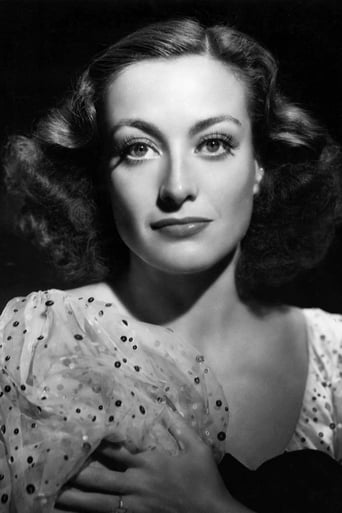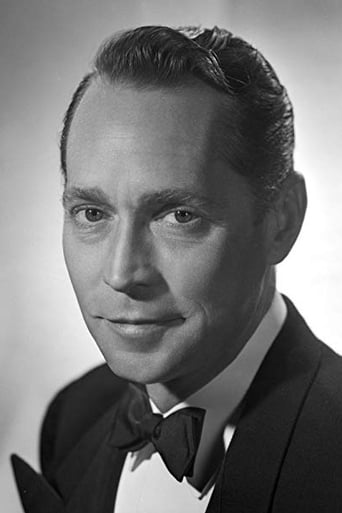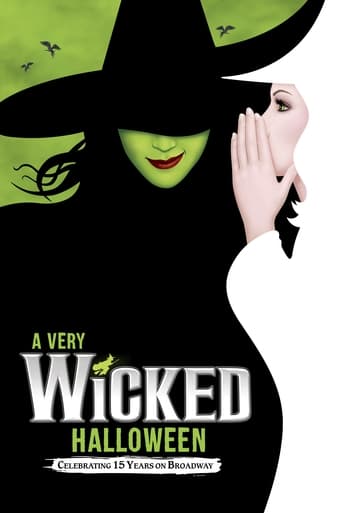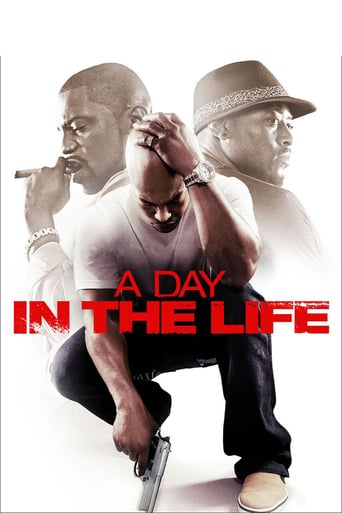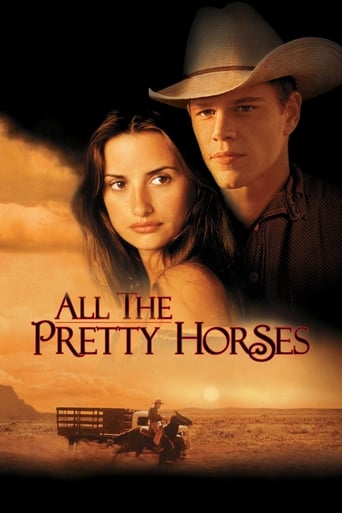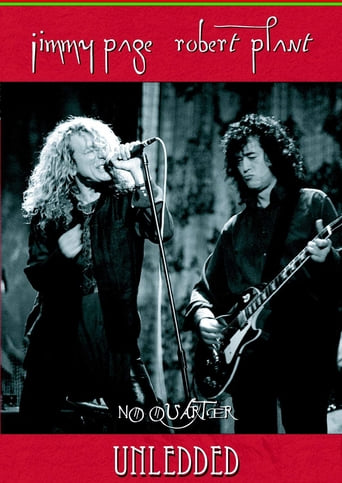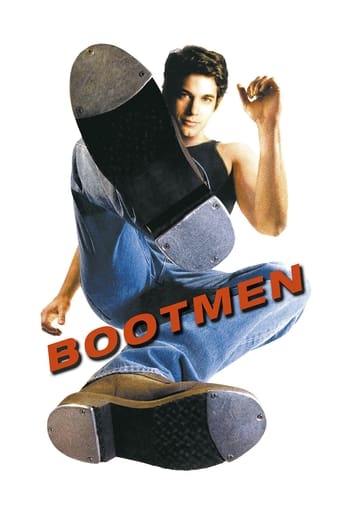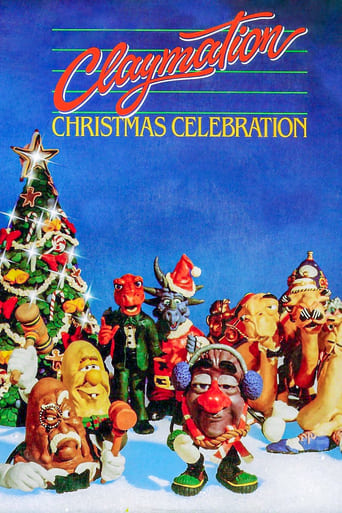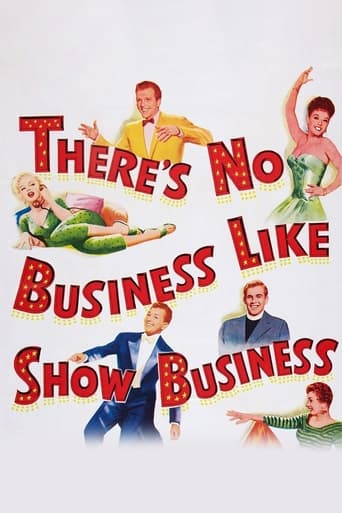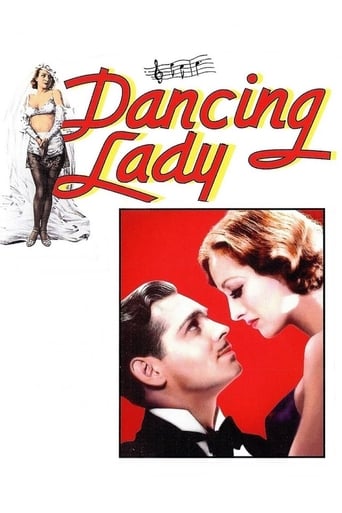
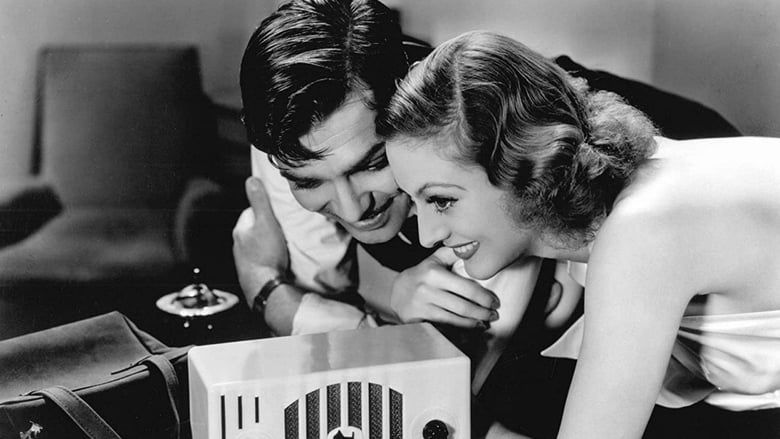
Dancing Lady (1933)
Janie lives to dance and will dance anywhere, even stripping in a burlesque house. Tod Newton, the rich playboy, discovers her there and helps her get a job in a real Broadway musical being directed by Patch. Tod thinks he can get what he wants from Janie, Patch thinks Janie is using her charms rather than talent to get to the top, and Janie thinks Patch is the greatest. Steve, the stage manager, has the Three Stooges helping him manage all the show girls. Fred Astaire and Nelson Eddy make appearances as famous Broadway personalities.
Watch Trailer
Cast
Similar titles

Reviews
Best movie of this year hands down!
Boring
if their story seems completely bonkers, almost like a feverish work of fiction, you ain't heard nothing yet.
Watching it is like watching the spectacle of a class clown at their best: you laugh at their jokes, instigate their defiance, and "ooooh" when they get in trouble.
This pre-code production is well worth seeing. Regardless of how good or bad this film is, I believe it is a seminal film. As the studios were trying to determine what the American film-going public wanted, they "stumbled" across some formulae and some talent that paved the way for future success.Although I was never a great fan of Joan Crawford, in her early films--such as this one--she possesses a raw energy that is engaging. Here she plays the titular role, the Dancing Lady, and must have been considered a dancing talent to land the role. There have been discussions on the IMDb bulletin boards about the level of her dancing talent. Was her dancing "clunky"? Perhaps, but I believe the style of the day was somewhat ungraceful, in general. As I was watching her early dancing scenes, I was thinking that it would take Astaire to elevate the form on screen. Sure enough, he appears in the film--and he does add some class to the dance scenes.But it is Gable whose masculine energy really carries this film. He plays Patch Gallagher, the director of the Broadway show where Crawford's Janie Barlow gets her big break. She has dancing in her blood. Gallagher recognizes her talent and rewards her with a starring role. During the time they work together, she gets under his skin, making things awkward for Gallagher, who likes to keep things simple.The careers of Gable, Crawford, Astaire and even Nelson Eddy, among others (including the Three Stooges) may be said to originate in Dancing Lady. In just a few years, they all would be established box office stars. Gable would transform film's idea of the masculine lead. Astaire would elevate dancing in film with his graceful moves and refined choreography. And MGM would have a solid foundation for its burgeoning stable of talent.
1933 was a watershed year for the movie musical. It was the year Busby Berkeley helped make it exciting again with his numbers for 42nd Street and Gold Diggers of 1933. Ginger Rogers was a factor in that excitement when she performed the "We're in the Money" number in the latter. And if that had been it for her career, she'd at least be an important footnote in the movie musical's history. But bigger things were coming her way later in the year. And it wouldn't be at Warner Bros. where she was at the time but at RKO. Her future legendary partner was already there but had yet to make his film debut. But since the studio had no assignments for him yet, he was allowed to go to M-G-M for a specialty spot there as himself. And so it was at Leo the Lion's place that Fred Astaire-previously a Broadway sensation with sis Adele-got his first stint in front of the cameras. His partner there was Joan Crawford, who had displayed much of her dancing ability in many of her previous films so she wasn't a bad first film dancer for Fred to start with. So on that note, this movie is worth a good look for that reason alone. But there's still some good acting by leading man Clark Gable, second lead Franchot Tone (whom Ms. Crawford would briefly marry) and Ted Healy as Gable's assistant who was still the leader of his stooges: Moe, Curly, and Larry, all represented at their slapstick best here. Other notable supporting turns came from Robert Benchley who keeps looking for a pencil, Winnie Lightner as Crawford's friend, May Robson as Tone's grandmother, and Eve Arden-years before playing her Oscar-nominated role opposite Oscar-winner Crawford in Mildred Pierce-in a small part as a rejected potential chorus girl. Oh, and this was one of Nelson Eddy's earliest singing spots. In summary, Dancing Lady is enjoyable enough to watch as entertainment with a historical first as an extra treat.
The plot is nothing much in the originality stakes -- to be honest, the musical numbers (with the exception of the tuneful "Everything I Have is Yours", featured off-stage in a party sequence) aren't anything much either -- but it doesn't matter. With its sassy dames (I'd have liked to see more of Winnie Lightner as the cynical older roommate), Depression-era morals, sharp script and high-octane performances all round, this is unmistakably a 1930s product, fizzing with energy and entertainment.Joan Crawford is well cast as the ambitious dancer determined to thrust her way up out of a sleazy burlesque show; in fact, the few moments when her character is intended to melt into genuine feminine tenderness are the least convincing, in acting terms. Crawford was born to sparkle with sharp edges.Clark Gable as the street-smart producer trying to manage the whims of his wealthy patron is full of charisma in a tough-guy role, and teams well with his backstage foils Ted Healy and Robert Benchley; the Three Stooges put on a rather infantile finger-poking act in the background which apparently had audience appeal, but fortunately for my taste there wasn't much of it. Franchot Tone makes the role of the moneyed Society boy and would-be 'protector' of the heroine a surprisingly sympathetic one, glowing with genuine enthusiasm at her achievements even when this undermines his own aims, and shows off a well set-up figure in expensive tailoring and a swimming suit; not to be beaten, Clark Gable strips off to display his muscles in the gym, while Miss Crawford models a series of backless costumes that leave very little to the imagination -- and nor does that nightdress! Strong character performances, a coherent plot and a good script win out over standard backstage material and uninspiring musical arrangements in this MGM picture; I enjoyed it, and felt it had the edge over "Broadway Melody of 1938", screened the previous night.
Dancing Lady (1933)There are so many reasons to love this film above and beyond the dance numbers, which are only dazzling filler starring Fred Astaire. Yes, I mean to say that there is a lot going on here that is unsuspected and moving, beautiful and hilarious.Start with Joan Crawford. By now a star in her own right, she gets to reprise some of the routines, and personal history, that led to headlining a major movie like this MGM spectacle. Or start with Clark Gable, also a great star, and a year before It Happened One Night (which is surely a better film, but a more restrained one). Gable is held down a little by his role, which is meant to be secondary to the pretty and charming Franchot Tone, the other leading man, except that Gable has twice the screen presence, and of course has the underdog part.Add the music, which I can take or leave in many musicals, and which is more or less forgettable here, but which is so integral to the plot it works just fine. Related to this are the many amazing sets, including the sets within the sets when shooting rehearsals and performances, all of which are great Deco showcases. And finally, the brilliant, unrelentingly stunning photography by Oliver T. Marsh (see also another Crawford film, The Women). This is no small feat.Did I mention Fred Astaire? With little fanfare, arriving on stage with Crawford but under his own name, he dances, and sings! A perfect element for authenticity and flair, and it's his Hollywood debut. Oh, and we may as well mention the well placed, often used, never overused threesome known elsewhere as the Three Stooges, who appear and reappear with their usual comic zaniness. This was their debut year, doing cameos in several features with MGM. Yeah, all of this is in one film.For those wondering, the director, Robert Z. Leonard, did do a range of films over several decades, including some other musicals, and dramas worth seeing like the notable 1940 Pride and Prejudice (the one with Olivier). I suppose it was the producer who corralled such a terrific cast, but the director made them integrate with amazing fluidity. And there are some camera effects, too, that are first rate--virtuosic and fun, like the fast blur-pans (sideways and vertically) and a sequence or fast motion walking legs on the sidewalk as Crawford pursues Gable.Someone might say, hey wait a minute, the plot is contrived (it is only a little) or the overall tone is one of bald entertainment, not real drama. And the reply is, of course, of course! Just like any other Fred Astaire movie, or An American in Paris, or any number of serious dramas. No, there is little holding back Dancing Lady. You have to see it.
